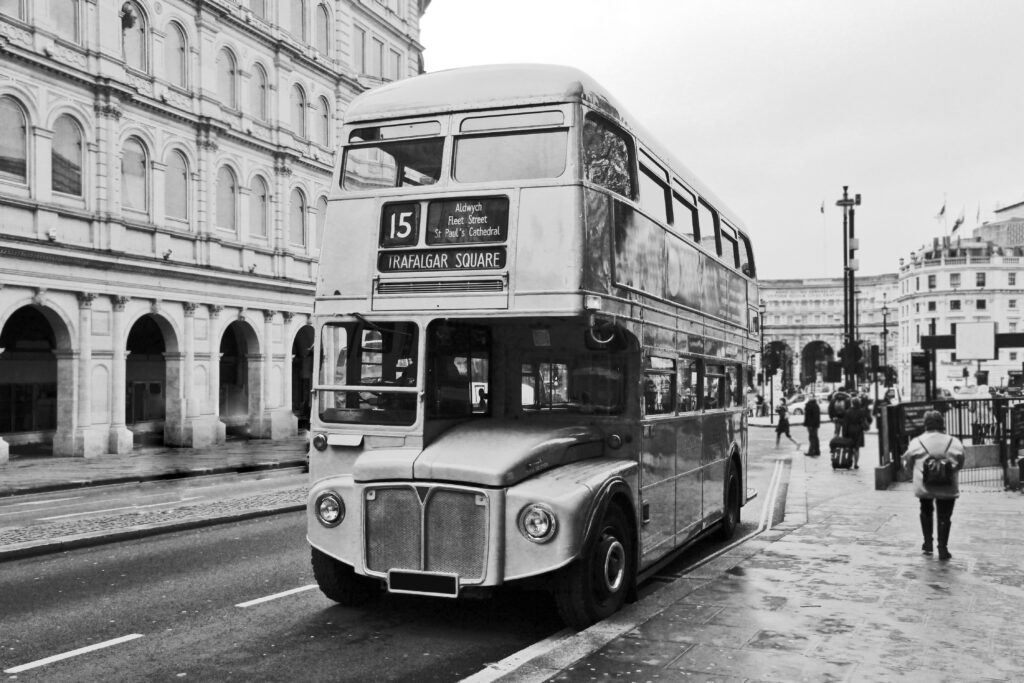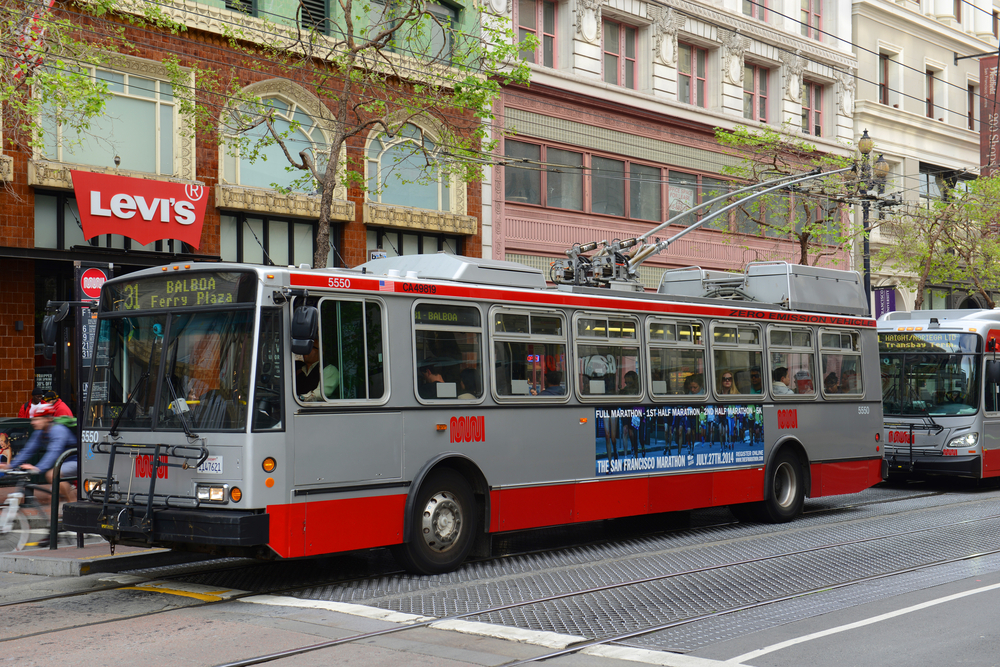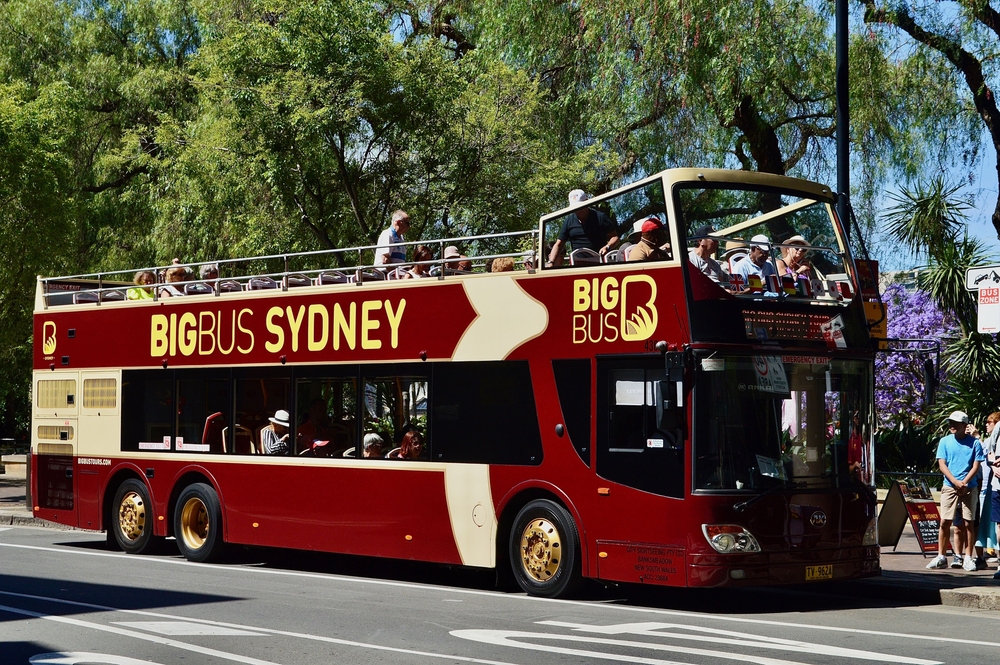6 Rare Buses with Unique Designs and Stories
Have you ever looked at a bus and wondered about its story? While most buses go unnoticed, some boast remarkable designs and incredible histories. These unique vehicles offer much more than just a means to travel. From creative designs to unforgettable moments, they capture the essence of innovation and nostalgia. It is time to uncover the charm behind these rare and extraordinary buses.
This post may contain affiliate links, which helps keep this content free. Please read our disclosure for more info.
The London Routemaster

The Routemaster is a double-decker bus that became an iconic symbol of London. Introduced in the 1950s, its open rear platform allowed passengers to hop on and off quickly, making it ideal for the busy city. The bus was designed to be reliable and stylish, and it quickly became a symbol of London’s public transport system. What makes the Routemaster rare is its continued presence in London, even after most have been retired or replaced.
Today, these buses are often seen in tours or special events, keeping the spirit of London alive. Despite modern advancements, the Routemaster’s classic design continues to stand out. Some models have been lovingly restored, ensuring that future generations can enjoy a piece of London’s history. Their unmistakable appearance and cultural significance have cemented the Routemaster as one of the most loved buses in the world.
The San Francisco Trolleybus

The trolleybus system in San Francisco is unique due to its use of electricity rather than traditional fuel. These buses have been around since the 1930s, offering a quieter and more eco-friendly alternative to conventional buses. The buses run on overhead wires, which gives them a distinctive look with poles extending above the vehicles. What makes the trolleybus rare is that San Francisco still uses a significant number of them, unlike many other cities that have phased out this system.
These buses are a great way to experience the city while reducing environmental impact. Their ability to climb the steep hills of San Francisco without emissions makes them especially popular among locals. As one of the few cities still operating this kind of transport, San Francisco keeps a piece of history alive with every ride. They also offer an interesting way for tourists to see the city while reducing their carbon footprint.
The VW Microbus

The Volkswagen Microbus, also known as the “hippie van,” became a symbol of the 1960s counterculture. Its unique design features a boxy shape with colorful paint jobs and an interior spacious enough for road trips. Originally made for families, the Microbus became a favorite among travelers and young people seeking freedom on the road. What makes it rare today is its status as a collectible, with well-maintained models being highly sought after.
The Microbus was in production from 1950 to the 1970s, but its influence remains strong. It has inspired modern versions, while original models have become a sought-after part of automotive history. Collectors and enthusiasts continue to restore and modify these classic vehicles, making them an enduring symbol of adventure. The VW Microbus is not just a mode of transport but a piece of nostalgia for a generation.
The Open-Air Buses of Sydney

Sydney’s open-air buses offer a unique experience for both locals and tourists alike. These buses have a design that allows passengers to enjoy panoramic views of Sydney’s iconic landmarks, such as the Opera House and Harbour Bridge. The buses are a great way to see the city, offering a chance to experience the outdoors while traveling. What makes them rare is their dual-purpose design, which serves as both a regular mode of transport and a sightseeing vehicle.
These open-air buses have become a symbol of Sydney, and many visitors choose them for a more scenic ride through the city. While they are mainly used for sightseeing, they also serve as practical transport for everyday commuters. Their rarity comes from the fact that few cities have such a distinctive mode of transport. The open sides of the buses allow for an unobstructed view of the city, making them a must-ride for those visiting Sydney.
The Swiss PostBus

The Swiss PostBus is a unique vehicle that combines postal service with public transport. In Switzerland, these buses are often seen traveling through remote mountain villages, delivering mail while also offering transportation for locals. What makes the Swiss PostBus rare is its ability to navigate challenging terrains, providing access to parts of the country that would otherwise be unreachable. Their bright yellow color and distinctive design make them easy to spot in the Swiss countryside.
These buses have become an integral part of Swiss rural life, maintaining a strong connection with the country’s postal services. They are not just a means of transport but a lifeline for people living in the most isolated areas. The Swiss PostBus system is known for its punctuality and reliability, and its buses remain an essential part of the country’s infrastructure. They are beloved for their role in keeping remote communities connected and are a rare sight in the Swiss Alps.mples of large-scale electrification. These buses continue to serve as a model for cities worldwide looking to reduce their carbon footprint.
The Spanish Alsa Bus

The Alsa Bus in Spain is known for its high-quality service and wide-reaching network that spans across the country. Alsa buses are distinguished by their modern design and commitment to passenger comfort, offering a relaxing experience for long-distance travel. What makes them rare is the integration of advanced amenities, such as Wi-Fi and personal entertainment options, on many of the routes. Alsa is one of the few bus companies in Europe to offer such a high level of comfort on public transport.
These buses are a favorite for both locals and tourists traveling throughout Spain. Alsa buses connect major cities as well as smaller towns, making them an essential part of Spain’s public transport system. They are known for their punctuality and customer service, providing a dependable way to travel across the country. With their modern amenities and expansive network, Alsa buses remain a rare example of quality public transportation in Europe.
This article originally appeared on Avocadu.
